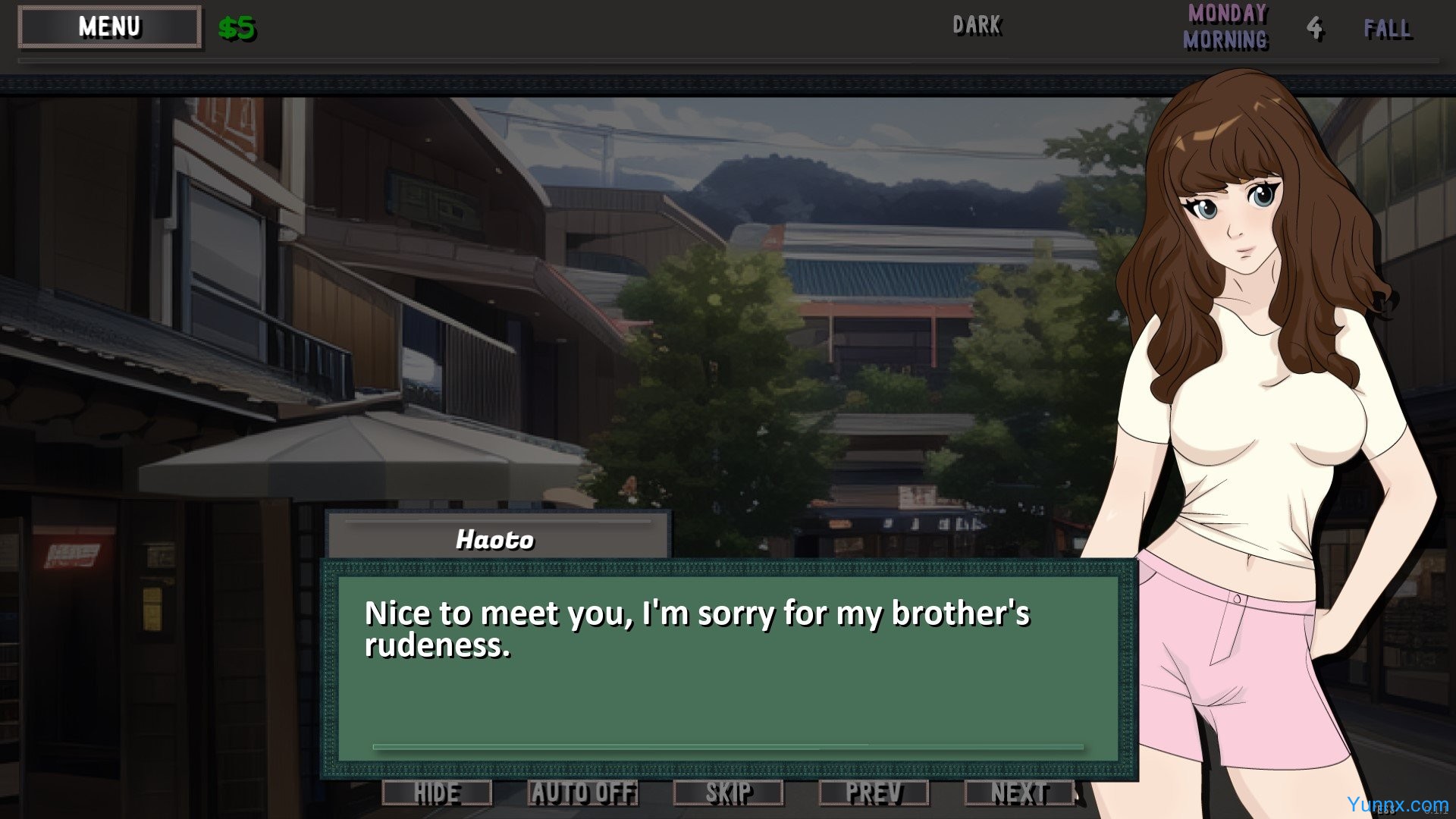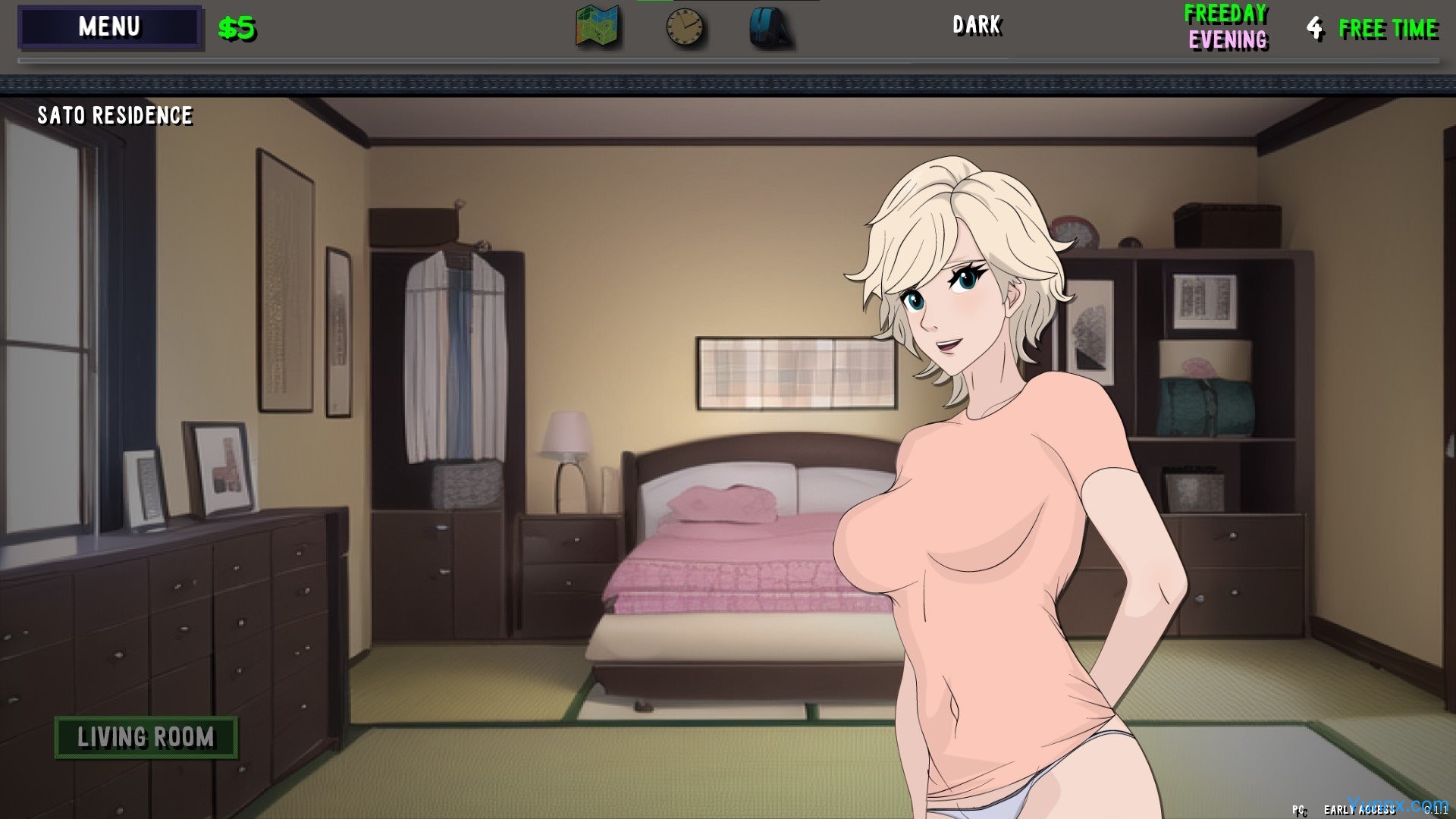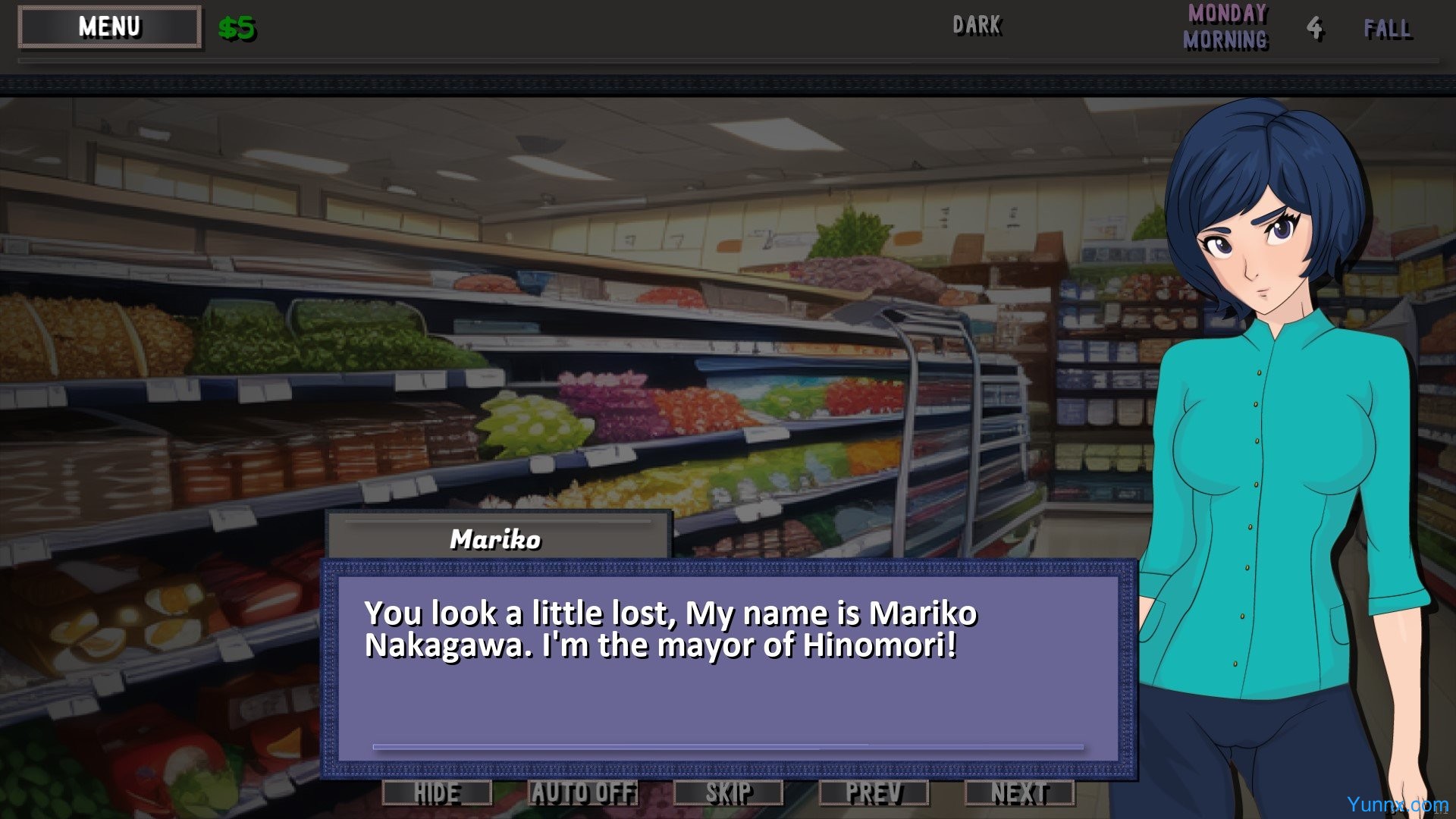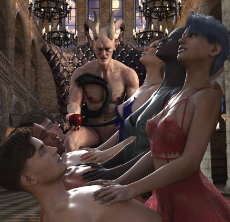Step back into high school days in the idyllic yet enigmatic town of Hinomori, where sunlit classrooms and cherry blossom-lined streets mask untold stories. Uncover hidden truths, reconnect with the past, and navigate a web of secrets that will redefine what it means to call this place “home.”
Setting the Scene: Hinomori’s Deceptive Charm
1. A Town of Contrasts: Hinomori blends quaint, small-town charm with subtle oddities—a weathered lighthouse that glows at odd hours, a century-old shrine rumored to grant wishes, and a diner where the owner’s “special pie” sparks more curiosity than hunger. Seasonal shifts (crimson autumn leaves, snow-dusted rooftops) amplify its allure, making every stroll feel like a postcard come to life.
2. Nostalgia with a Twist: Familiar high school landmarks—the creaky gym bleachers, the library’s hidden nook, the rooftop where seniors once skipped class—hold more than memories. Faded yearbooks, graffiti-covered lockers, and a dusty drama club costume rack whisper of past drama, some of which might not be entirely… fictional.
3. The “Ordinary” That Isn’t: Locals greet you with warm smiles, but their eyes dart away when you ask about the town’s history. A retired teacher mutters about “unfortunate accidents,” a teenager rolls their eyes at “old town legends,” and your childhood best friend acts like they’ve never seen you before. The contrast between surface-level normalcy and underlying tension is palpable.
Characters: Faces Behind the Facade
1. Classmates with Clues: Your high school peers are far from one-dimensional. The overachieving class president secretly tutors kids at the community center; the quiet art student paints eerie, dreamlike murals; the transfer student from Tokyo carries a locket with a photo of a Hinomori elementary school—but claims they’ve never lived here. Each interaction reveals snippets of their past, tying into the town’s mysteries.
2. Adults with Agenda: Teachers, shop owners, and even the town’s elderly mayor aren’t just background extras. The math teacher’s sudden career change, the bookstore owner’s refusal to sell certain titles, and the mayor’s insistence on “keeping Hinomori’s history pure” hint at buried conflicts. Earning their trust (or earning their suspicion) unlocks new paths to the truth.
3. Dynamic Relationships: Bonds form (or fracture) based on your choices. A late-night chat with the art student might reveal they saw something the night your father disappeared; ignoring the class president’s plea for help could mean missing a key piece of evidence. These connections don’t just add depth—they shape the story.
Exploration & Discovery: Piecing Together the Puzzle
1. Free-Roaming the Town: Hinomori is your playground. Wander from the high school to the waterfront, peek into closed shops after hours, or hike the nearby hills to find abandoned cabins. Every location holds clues—old newspapers in the library, a child’s drawing stuffed under a park bench, or a melody hummed by a street musician that matches a song from your childhood.
2. Clues & Connections: Collecting evidence isn’t just about finding items—it’s about linking them. A faded ticket stub from a 20-year-old festival, a note scrawled on a napkin (“meet me at the old mill”), and a locket with a matching photo might reveal a decades-old secret involving your family. The game rewards observant players with “aha!” moments that tie disparate threads together.
3. Time-Hopping Narrative: Flashbacks to your high school days (crushes, cliques, and all-night study sessions) intercut with present-day exploration. These memories aren’t just nostalgia—they’re critical to understanding why Hinomori feels “off.” A childhood argument with your best friend, a teacher who took a special interest in you, or a prank gone wrong might hold the key to unlocking the town’s biggest mystery.





















Preview: